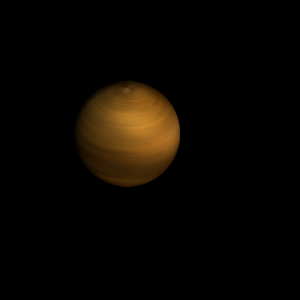|
|
Space Astro
|
Info for exoplanet "Cebe"
| Scientific (actual) data |
|---|
| Planet | TOI-1136 d |
| Planet status | Confirmed |
| Planet mass | 0.025 |
| Radius | 0.4128 |
| Orbital period | 12.5194 |
| Orbit eccentricity | 0.016 |
| Inclination | 89.41 |
| Discovered | 2022 |
| Updated | 2022-10-19 |
| Omega | 118 |
| Lambda angle | 5 |
| Impact parameter | 0.24 |
| Publication | Published in a refereed paper |
| Detection type | Primary Transit |
| Mass detection type | Radial Velocity |
| Radius detection type | Primary Transit |
| Star name | TOI-1136 |
| Right ascension | 192.18° |
| Declination | 64.86° |
| Mag v | 9.5 |
| Star distance | 84.536 |
| Star metallicity | 0.07 |
| Star mass | 1.022 |
| Star radius | 0.968 |
| Star age | 0.7 |
| Star temperature | 5770 |
| Wikipedia article | TOI-1136 d |
Back
| |
| Fictional info (?) |
|---|
| Suggested name | Cebe |
| Planet type | Small cold gas planet |
| It is the second-brightest natural object in the night sky after Inyp Ah, reaching an apparent magnitude of -5 - bright enough to cast shadows at night and, often, visible to the naked eye in broad daylight.
The planet is named after the deity Cebe, the bringer of love and beauty.
Cebe's axis has the smallest tilt of any of its solar system's planets.
Because of its rapid rotation, the planet's shape is that of an oblate spheroid (it has a slight but noticeable bulge around the equator).
In 2880, images from Daedalus 8 showed Cebe as an almost featureless planet in visible light, without the cloud bands or storms associated with the other small cold gas planets. |
| Atmosphere | Hydrogen chloride | 35% |
| Ammonium hydrosulfide (NH4SH) | 34% |
| Formaldehyde | 18% |
| Argon | 5% |
| Ethane | 4.3% |
| Carbonyl sulfide | 2.1% |
| Nitric oxide | 1.1% |
| Helium | 0.15% |
| Ammonia | 5.0E-6% |
| Atmospheric pressure | 40 bar |
 |
| No known satellites |
| Google search for Cebe |
|
Website by Joachim Michaelis
|
|
|
|